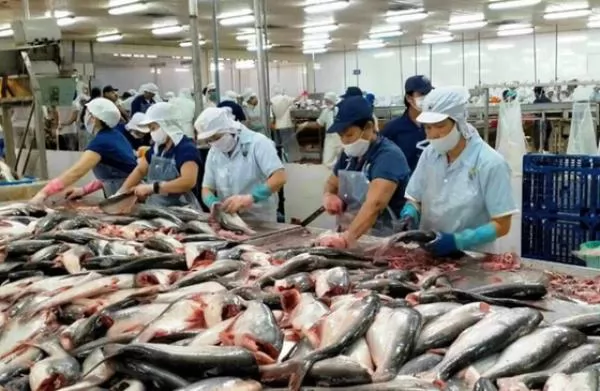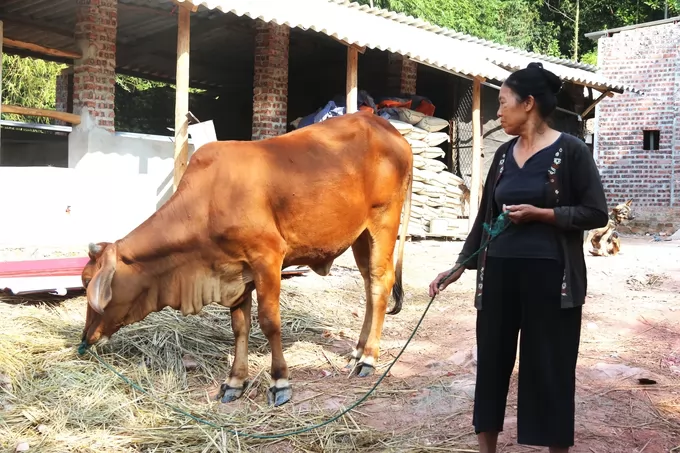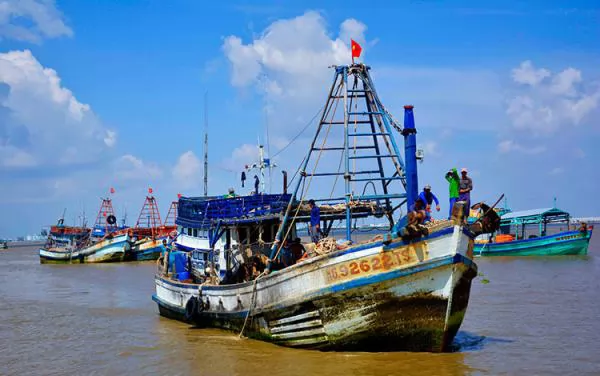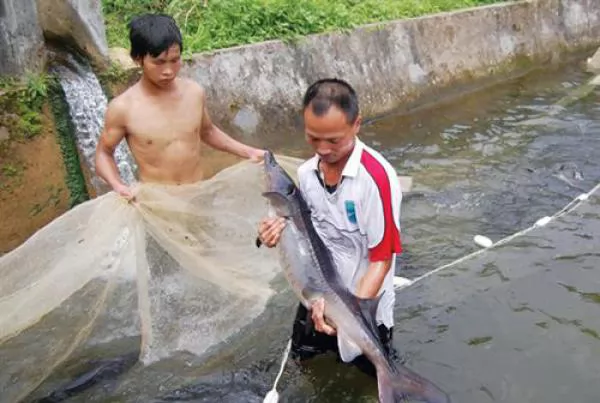$149.4m programme to sustain aquaculture in Cửu Long Delta

A pangasius processing plant in the Mekong Delta. — Photo sggp.org.vn
HCM CITY — The Ministry of Agriculture and Rural Development has approved the programme on sustainable aquaculture development in the Cửu Long (Mekong) Delta until 2030 to make aquaculture an important contributor to agricultural and socio-economic growth.
It is expected to cost VNĐ3.4 trillion (US$149.4 million).
The plan envisages growing the region’s aquaculture by over 4 per cent a year until 2030, while exports are expected to top $9 billion by then.
The area under aquaculture is over 990,000 ha, and output in 2030 will be more than 4.8 million tonnes, including 1.2 million tonnes of brackish water shrimp and two million tonnes of pangasius.
All concentrated aquaculture areas will be monitored for environmental and food safety and diseases.
The plan also seeks to reduce the brackish water shrimp and pangasius breeding areas affected by dangerous diseases to less than 10 per cent and 8 per cent.
The aquaculture sector will focus on improving the capacity of farmers, strengthening value chain linkages, improving infrastructure, and encouraging farmers to get quality certification.
The target is to lift the aquaculture area and output under co-operation and chain linkage models above 30 per cent of the total, and train more than 30 per cent of workers in the aquaculture sector.
More than 20 per cent of the region’s total aquaculture area will obtain GAP, organic or other certificates by 2030.
Key infrastructure system, especially the irrigation system, can meet over 50 per cent of the demand in concentrated aquaculture areas.
The sector has developed strongly in recent years, but face challenges like climate change and diseases that threaten their sustainability.
Consisting of 12 provinces and a central city, the delta is not only the country’s rice granary but also its major shrimp and pangasius production and export region.
Its shrimp and pangasius exports in the first seven months of the year rose by 16.1 per cent and 17.9 per cent to $2.19 billion and $931 million.
According to MARD, fisheries exports in the period topped $4.92 billion after rising by 12 per cent year-on-year. — VNS
Maybe you are interested

Preparing livestock for the cold while it is still warm
While the weather is still warm, cattle farmers have already renovated their barns and prepared tarpaulins to keep their cattle strong during the winter.

Support Kiên Giang manage and exploit undulated surf clam sustainably
The International Union for Conservation of Nature in Vietnam is about to support Kiên Giang to sustainably manage and exploit undulated surf clams in the offshore area.

Caged-sturgeon breeding brings high incomes to mountainous farmers
LÀO CAI — Breeding cold-water sturgeon in cages has brought a stable source of income for poor farmers in the northern mountainous province of Lào Cai.





